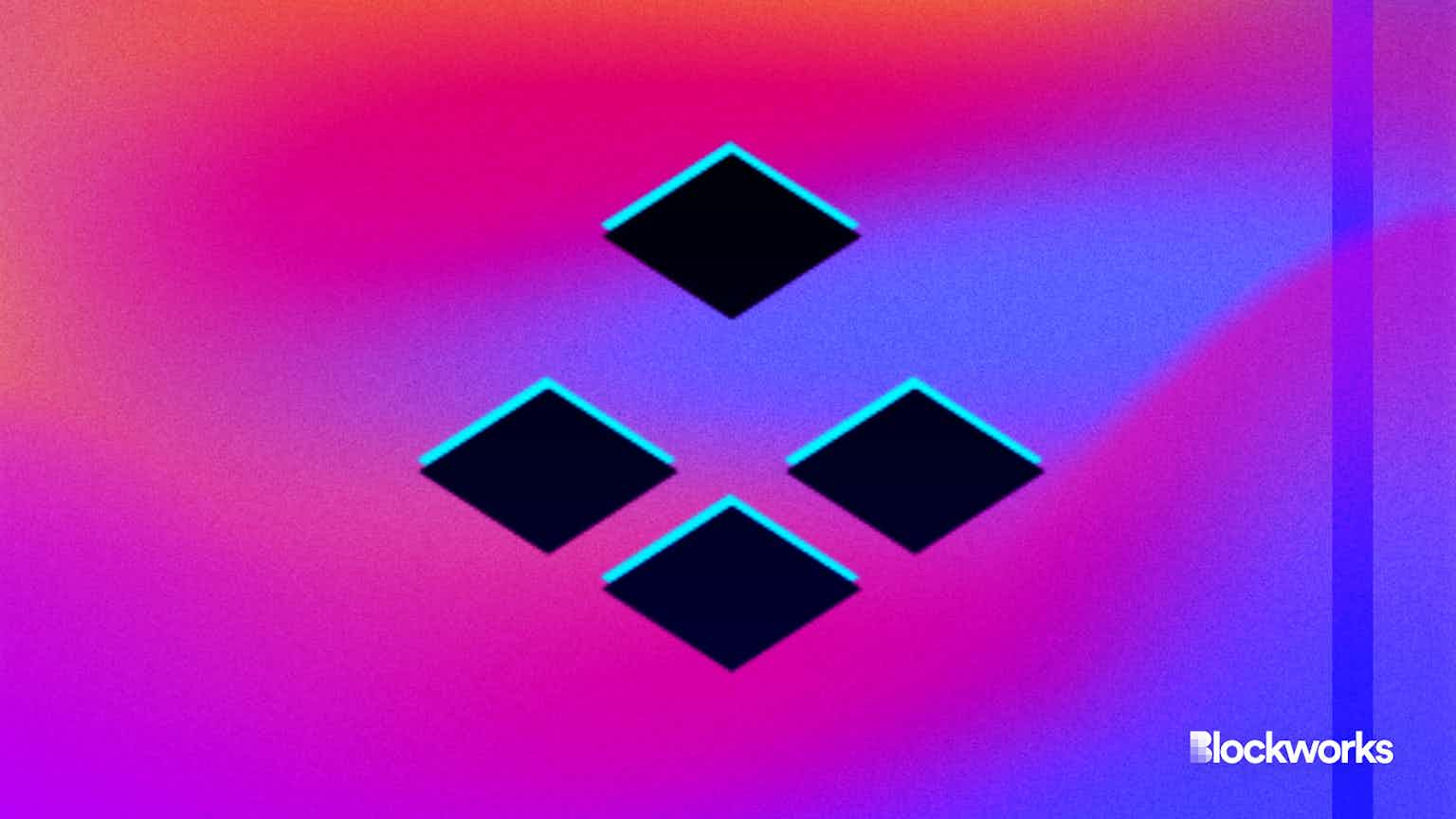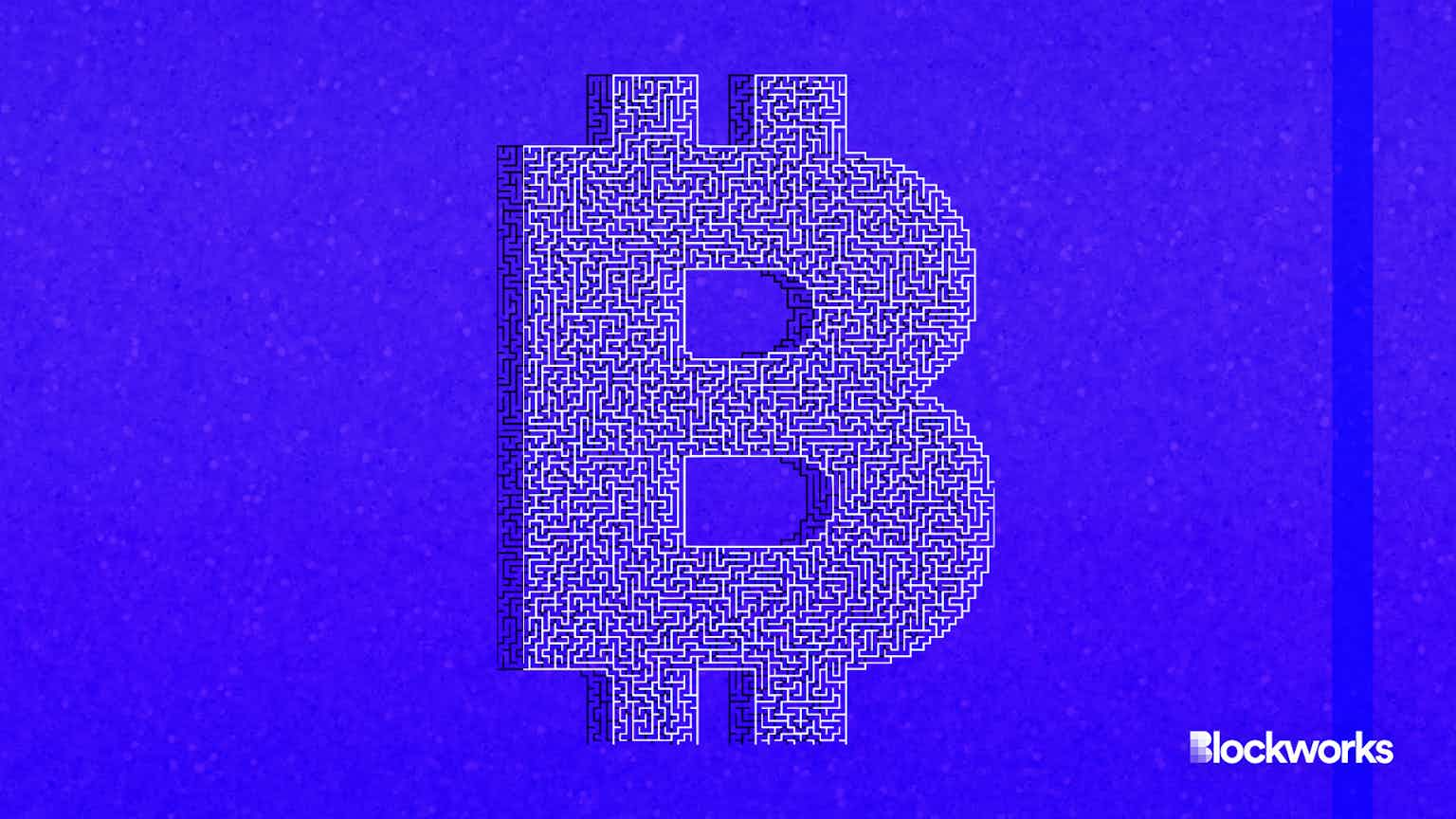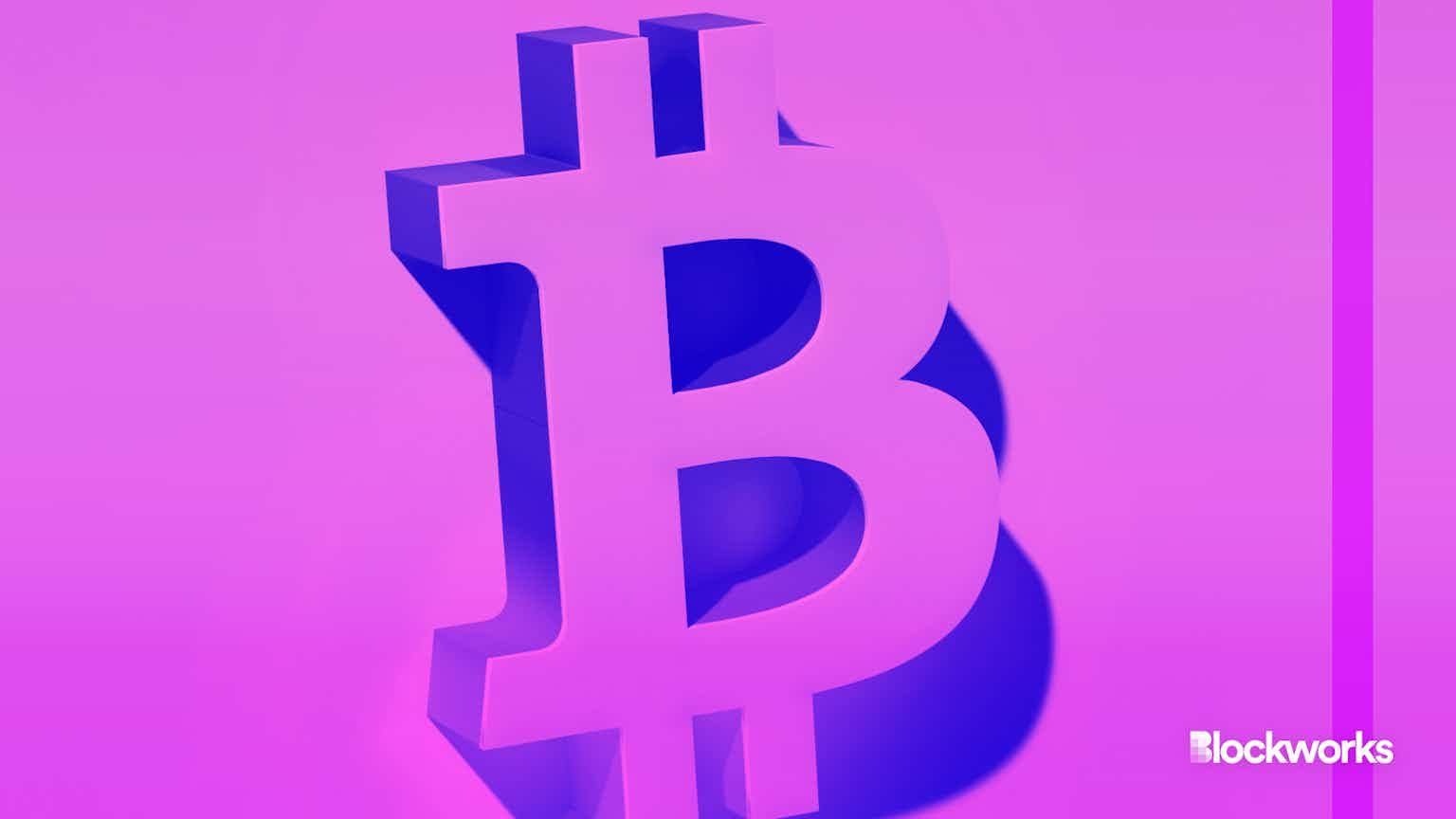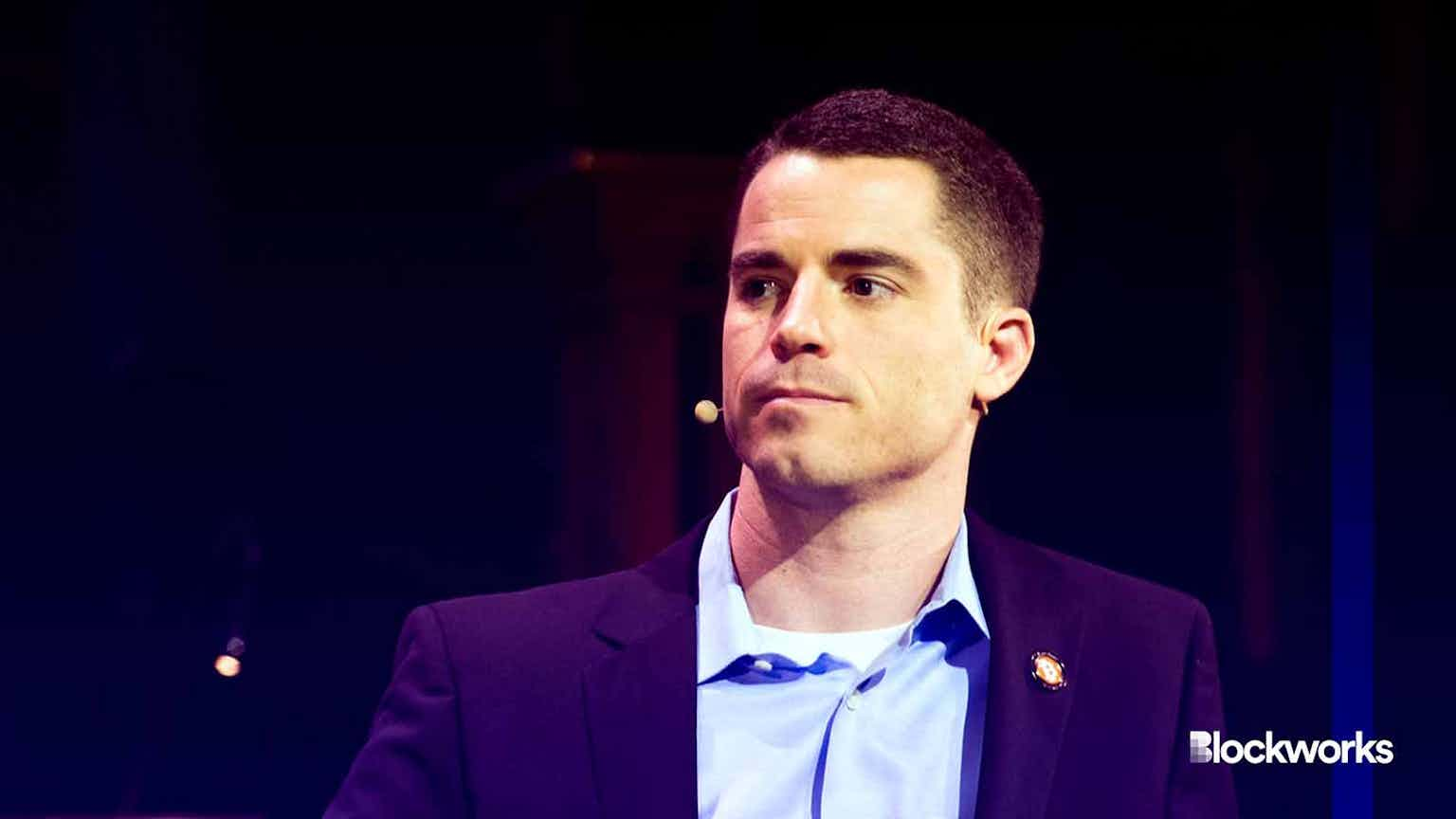A Match Made in DeFi: Rari Capital and Fei Protocol Merge to ‘FeiRari’
How a pair of billion dollar total value locked protocols aim to become the Ferrari of DeFi

Blockworks Exclusive Art by Axel Rangel
key takeaways
- The combined protocols will operate using one token, TRIBE, but keep their developer teams intact
- Rari’s core product gains a dedicated stablecoin, FEI, while the Fei Protocol will become more useful in DeFi thanks to Rari’s borrowing and lending pools
A pair of ambitious DAO communities led by young hotshot developer teams pulled off a massive merger via dual votes that ended Monday at midnight UTC. The precedent-setting example of on-chain governance puts in motion a concatenation of talent and code, in what its backers say will yield a DeFi powerhouse in 2022.
Holders of Rari’s RGT governance token voted overwhelmingly in favor of the deal, as did holders of Fei’s governance token TRIBE, which will subsume the former. But to get to that outcome required some political maneuvering. The Rari and Fei development teams initially proposed the idea of joining forces in mid-November, however, only after several weeks and a few rounds of modifications to the deal terms did the wider Fei and Rari communities embrace the concept.
What is Rari?
Rari Capital was founded by Jai Bhavnani, Jack Lipstone and David Lucid in July 2020 — when all were under 20 years old and already had one DeFi startup under their belts. Rari started as a sort of robo-advisor for generating yield from stablecoins, but over the past 18 months has grown and evolved into a money market-like protocol with about $1.4 billion in total value locked — mostly stablecoins and DeFi-related tokens on Ethereum.
The chief innovation, the one that comes closest to product-market fit, was the group’s Fuse offering, an “open interest rate protocol” which permits the permissionless creation of bespoke borrowing and lending pools using dozens of Ethereum-based assets. The FEI stablecoin is already integrated in several such pools.
What is Fei?
Fei Protocol launched just nine months ago, as a novel iteration on the concept of a crypto-collateralized stablecoin. Like its forerunner, DAI — the stablecoin launched by MakerDAO four years ago — FEI is backed mostly by ether. But unlike DAI, FEI is collateralized by an algorithmic reserve of protocol-controlled value (PCV), and it emphasizes liquidity rather than over-collateralization.
At its genesis, FEI was backed solely by ether, but today the PCV consists of about 68% ether and the rest a mix of other assets, primarily other decentralized stablecoins. Unlike centralized stablecoins such as USDT and USDC, which back their issuance with off-chain reserves of US dollars, Treasurys and other assets, FEI’s backing resides entirely in the protocol’s smart contracts running on Ethereum.
Fei was founded by Joey Santoro, a 2019 graduate in computer science at Duke University, who was inspired by an ill-fated algorithmic stablecoin called Empty Set Dollar (ESD), which irrevocably lost its peg to the US dollar in December 2020, just a few months after launch. Santoro even did some work on ESD, but felt the system could be radically improved, and began work on Fei, as he related in a recent interview with Epicenter.
Fei Protocol mints FEI when users sell ether to the protocol. That ETH is deployed into a Uniswap liquidity pool — one which is predominantly supplied by the Fei Protocol itself. Economic incentives generally keep FEI within a fraction of a cent of its $1 peg, aided by a novel algorithmic stability mechanism called a reweight that is made possible by the fact that Fei owns its own liquidity.
There are about $734 million FEI in circulation, with $1.06 billion in PCV — about 137% over-collateralization. For comparison, the $9.2 billion in DAI has roughly $18.5 billion in ETH, WBTC and the USDC stablecoin backing it — about 200%. So FEI is more capital efficient.
Convincing the critics
Santoro outlined a symbiotic relationship for the two protocols in his initial Twitter thread on Nov. 16:
“Fei can permissionlessly grow the utility and use cases for Fuse, including streamlined lending bootstrapping and manipulation-resistant oracles. Rari is an ideal platform to enhance FEI demand and utility, as well as a place for PCV to grow via the upcoming Vaults,” Santoro wrote.
But both communities were initially skeptical. Some TRIBE partisans were reluctant to assume liability for a May 2021 exploit suffered by Rari, which lost the protocol’s users $11 million in ether. Meanwhile, ardent Rarians insisted that RGT was undervalued, and were reluctant to exchange it for TRIBE.
Ultimately, the merger proposal called for a one-year minimum window for RGT holders to swap their tokens for TRIBE at a fixed rate of about 26.7 TRIBE per RGT. There’s also a “TribeRagequit” provision, that will allow TRIBE holders to exchange their tokens for FEI, if they don’t want any part of the combined entity.
The final version attained the support of over 90% of both groups.
A new model for DAOs to join forces
Jeff Amico, crypto partner at a16z, called the merger, “A new primitive to align incentives between web3 communities going forward.”
This wasn’t the first time that two DeFi protocols linked up. Yearn Finance engaged in token swaps and close collaboration with multiple protocols, notably Sushi in 2020. But the fact that Rari and Fei will jointly operate under the TRIBE token makes this case stand out.
Will we see more protocols attempt to follow the FeiRari lead? And how fast can this souped-up DAO engine innovate? Both questions DeFi watchers will be contemplating heading into the New Year.
Get the day’s top crypto news and insights delivered to your inbox every evening. Subscribe to Blockworks’ free newsletter now.





